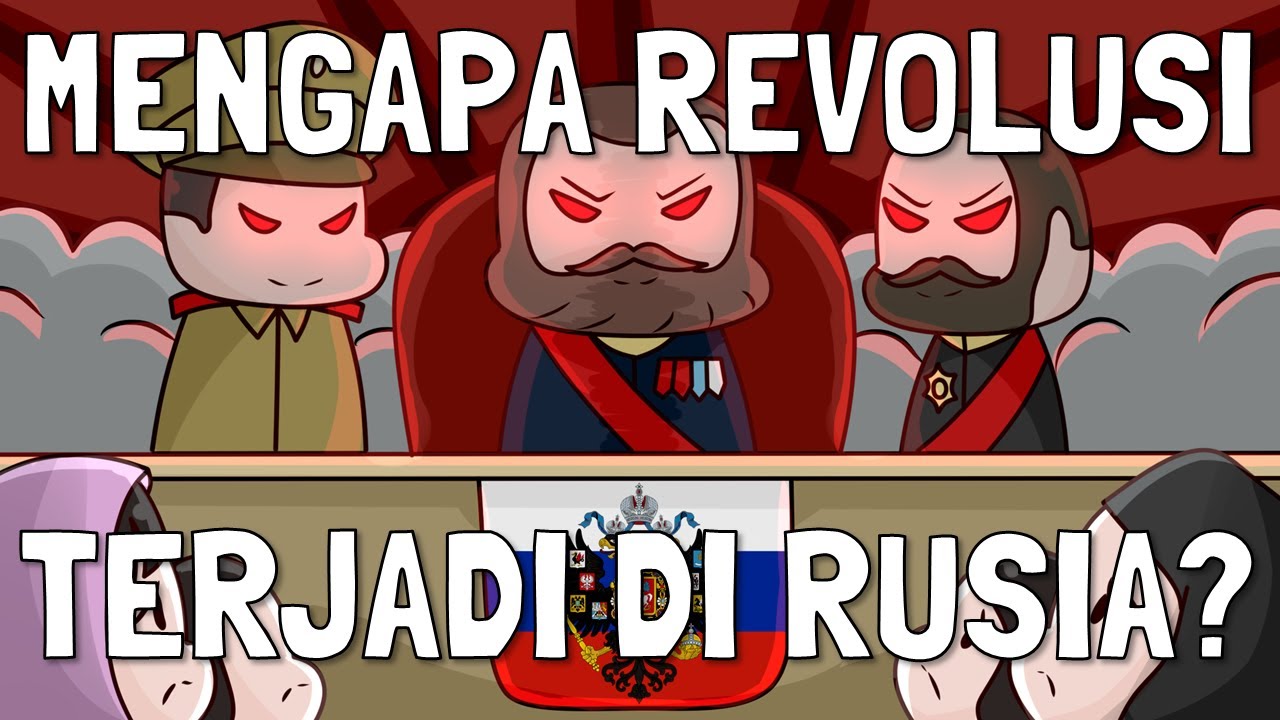The Origins of Russian Authoritarianism
Summary
TLDRThe video explores the historical evolution of Russian governance, emphasizing its distinct path from Western Europe. It highlights the impact of Mongol rule, which fostered a centralized, absolutist state with a predatory aristocracy and a lack of accountability. The narrative contrasts Russian absolutism with feudalism in the West, where power became decentralized. Additionally, it discusses the enduring corruption within the Russian political system and sets the stage for future comparisons with the governance structures in China and India. This analysis provides insights into the roots of modern Russian politics and its systemic challenges.
Takeaways
- 😀 The Mongol conquests significantly influenced the political and cultural landscape of Russia, leading to a unique state structure.
- 🏰 Unlike Europe, Russia developed a centralized, absolutist state, characterized by strong monarchical control and weak local governance.
- 📉 The economic systems established under Mongol rule focused on extracting wealth from the populace, creating a predatory state structure.
- 🔄 Russian princes acted as tax collectors for the Mongols, which entrenched a system of ruthless extraction that persisted even after Mongol rule ended.
- ⚔️ The monarchy maintained control over the army, further solidifying its power and diminishing the role of the aristocracy in governance.
- 📜 The Russian Orthodox Church was subservient to the state, lacking independence and contributing to the monarchy's unchallenged authority.
- 🤝 The absence of accountability in governance has led to increasing corruption, particularly among higher-ranking officials in the state.
- 🛡️ While Europe moved towards accountability and parliamentary systems, Russia's structure remained exploitative and autocratic.
- 🌏 The upcoming comparison between China and India will explore how different historical developments shaped their respective political systems.
- 📢 Understanding Russia's historical trajectory is essential to grasping its current political dynamics and the implications for governance.
Q & A
What was the significance of the Mongol invasion on Kievan Rus?
-The Mongol invasion devastated Kievan Rus, disrupting its cultural and economic ties to Europe and leading to a shift of power to northeastern Russia.
How did the power dynamics shift in Russia during and after Mongol rule?
-After the Mongol conquest, power shifted from the fragmented Kievan princes to a more centralized authority in the northeastern regions, where princes adopted Mongol taxation practices.
In what ways did Russia's development of absolutism differ from that of Western Europe?
-Russian absolutism developed without the regionalized feudal structures seen in Europe, resulting in a monarchy with absolute power and little accountability from the nobility.
What role did the Eastern Orthodox Church play in Russian governance?
-The Eastern Orthodox Church in Russia was closely tied to the state, reinforcing the absolute power of the monarch and lacking the independent checks that the Catholic Church provided in Europe.
What type of economy emerged in Russia as a result of Mongol influence?
-An exploitative peasant economy emerged, with Russian princes serving as ruthless tax collectors for the Mongols.
What factors contributed to the corruption in the Russian political system?
-Corruption in the Russian political system stems from a lack of accountability and a structure where officials are not held responsible for their actions, leading to progressively corrupt power dynamics.
How did the accountability of officials in China compare to that in Russia?
-Chinese officials faced greater meritocratic pressures that led to less corruption at higher levels compared to the increasing corruption found in Russian officials as they rose in rank.
What is the historical legacy of the Mongol rule on modern Russian governance?
-The legacy of Mongol rule established a centralization of power and a pattern of governance characterized by corruption and lack of accountability, which continues to influence modern Russia.
What was the social structure of Russia like during the Mongol period?
-During the Mongol period, Russian society was marked by a centralized power structure where princes ruled over peasants without the regionalized feudal checks typical in Western Europe.
What upcoming comparison is mentioned in the video regarding state structures?
-The video mentions an upcoming comparison between China and India, focusing on their millennia-long political and social developments that have led to different state structures.
Outlines

Cette section est réservée aux utilisateurs payants. Améliorez votre compte pour accéder à cette section.
Améliorer maintenantMindmap

Cette section est réservée aux utilisateurs payants. Améliorez votre compte pour accéder à cette section.
Améliorer maintenantKeywords

Cette section est réservée aux utilisateurs payants. Améliorez votre compte pour accéder à cette section.
Améliorer maintenantHighlights

Cette section est réservée aux utilisateurs payants. Améliorez votre compte pour accéder à cette section.
Améliorer maintenantTranscripts

Cette section est réservée aux utilisateurs payants. Améliorez votre compte pour accéder à cette section.
Améliorer maintenantVoir Plus de Vidéos Connexes

Sejarah Gelap Kekaisaran Rusia & Ancaman Paling Menakutkannya | Sejarah Revolusi Rusia (Part 1)

BENUA EROPA

ДНК России [Государство цивилизация]

What Even IS a Religion?: Crash Course Religions #1

Differences between Romanesque and Gothic Architecture || Medieval Art History

Understanding Modernism: An overview of Modernism | Lecture 1 | Shaoor Institute | Shoaib Madni
5.0 / 5 (0 votes)
